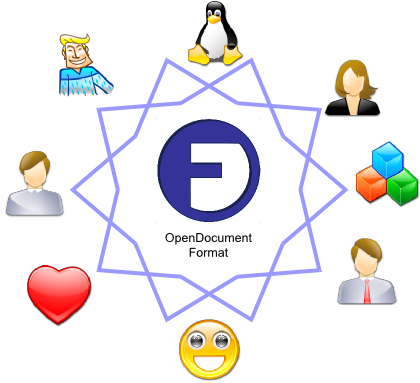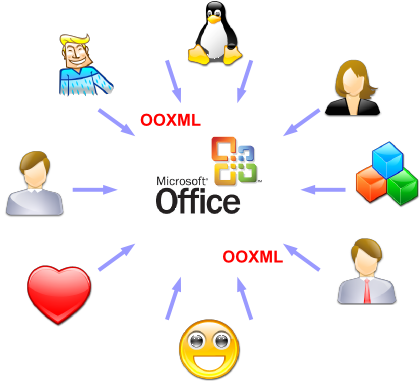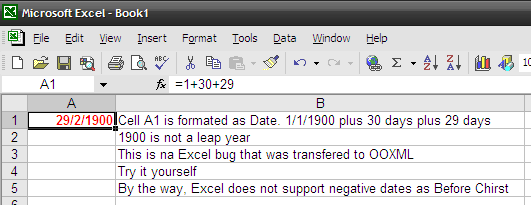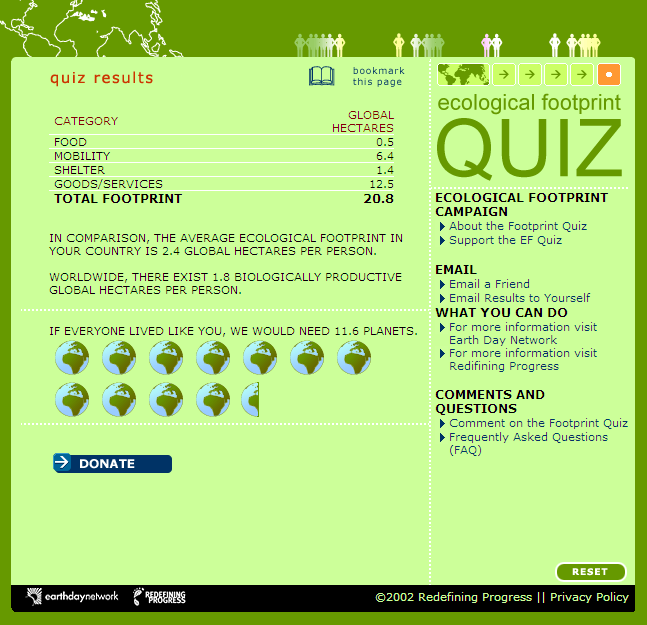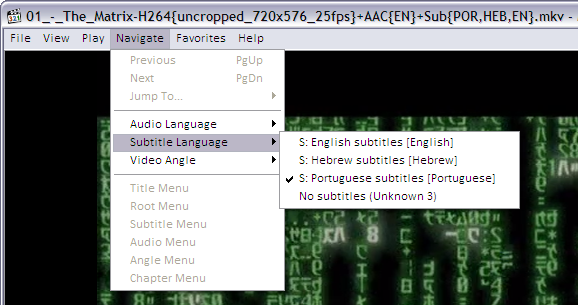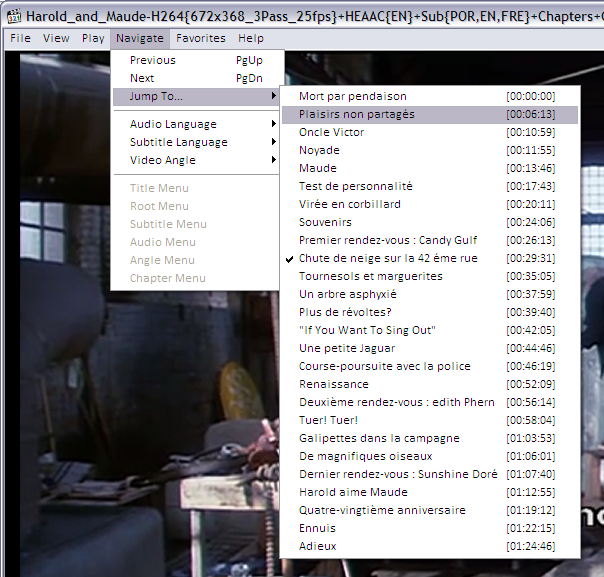Este texto pipocou na Internet no começo de 2008 e tenho um certo respeito por ele. Contaram que o autor é Arnaldo Jabor, mas tenho lá minhas dúvidas. Ao verdadeiro autor sugiro que apareça, visto que lhe é devido o mérito por ter documentado com irreverência, mas também bastante machismo, os instintos do homem.
Entenda Definitivamente os Homens: uma visão real
Foi lendo um monte de besteiras que as mulheres escrevem em livros sobre o ‘universo masculino’, que resolvi escrever esse artigo. Não tenho objetivo de ‘revelar’ os segredos dos homens, mas amigos, me desculpem. Não se trata de quebrar nosso código de ética. Isso vai ajudar as mulheres a entenderem os homens e, enfim, pararem de tentar nos mudar com métodos ineficazes. Vou começar de sola. Se não estiver preparada nem continue a ler. E digo com segurança: o que escrevo aqui se aplica a 99,9% dos homens brasileiros (sem medo de errar).
1º Não existe homem fiel.
Você já pode ter ouvido isso algumas vezes, mas afirmo com propriedade. Não é desabafo. É palavra de homem que conhece muitos homens e que conhecem, por sua vez, muitos homens. Nenhum homem é fiel, mas pode estar fiel ou porque está apaixonado (algo que não dura muito tempo — no máximo alguns meses — nem se iluda), ou porque está cercado por todos os lados (veremos adiante que não adianta cercá-lo, isso vai se voltar contra você).
A única exceção é o crente extremamente convicto. Se você quer um homem que seja fiel, procure um crente daqueles bitolados, mas agüente as outras conseqüências.
2º Não desanime.
O homem é capaz de te trair e de te amar ao mesmo tempo. A traição do homem é hormonal, efêmera, para satisfazer a lascívia. Não é como a da mulher. Mulher tem que admirar para trair; ter algum envolvimento. O homem só precisa de uma bunda. A mulher precisa de um motivo para trair, o homem precisa de uma mulher.
3º Não fique desencantada com a vida por isso.
A traição tem seu lado positivo. Até digo, é um mal necessário. O cara que fica cercado, sem trair é infeliz no casamento, seu desempenho sexual diminui (isso mesmo, o desempenho com a esposa diminui), ele fica mal da cabeça. Entenda de uma vez por todas: homens e mulheres são diferentes. Se quiser alguém que pense como você, vire lésbica (várias já fizeram isso e deu certo), ou case com um viado enrustido que precisa de uma mulher para se enquadrar no modelo social.
Todo ser humano busca a felicidade, a realização. E a realização nada mais é do que a sensação de prazer (isso é química, tá tudo no cérebro). A mulher se realiza satisfazendo o desejo maternal, com a segurança de ter uma família estruturada e saudável,com um bom homem ao lado que a proteja e lhe dê carinho.
O homem é mais voltado para a profissão e para a realização pessoal e a realização pessoal dele vêm de diversas formas: pode vir com o sentimento de paternidade, com uma família estruturada, etc., mas nunca vai vir se não puder acesso a outras fêmeas e se não puder ter relativo sucesso na profissão.
Se você cercar seu homem (tipo, mulher que é sócia do marido na empresa). O cara não dá um passo no dia-a-dia (sem ela) você vai sufocá-lo de tal forma que ele pode até não ter espaço para lhe trair, mas ou seu casamento vai durar pouco,ele vai ser gordo (vai buscar a fuga na comida) e vai ser pobre (por que não vai ter a cabeça tranqüila para se desenvolver profissionalmente. (Vai ser um cara sem ambição e sem futuro).
4º Não tente mudar para seu homem ser fiel.
Não adianta. Silicone, curso de dança sensual, se vestir de enfermeira, etc… nada disso vai adiantar.
É lógico que quanto mais largada você for, menor a vontade do homem de ficar com você e maior as chances do divórcio. Se ser perfeita adiantasse Julia Roberts não tinha casado três vezes. Até Gisele Bunchen foi largada por Di Caprio, não é você que vai ser diferente (mas é bom não desanimar e sempre dar aquela malhadinha).
O segredo é dar espaço para o homem viajar nos seus desejos (na maioria das vezes, quando ele não está sufocado pela mulher ele nem chega a trair, fica só nas paqueras, troca de olhares). Finja que não sabe que ele dá umas pegadas por fora. Isso é o segredo para um bom casamento.
Deixe ele se distrair, todos precisam de lazer.
5º Se você busca o homem perfeito, pode continuar vendo novela das seis.
Eles não existem nesse conceito que você imagina. Os homens perfeitos de hoje são aqueles bem desenvolvidos profissionalmente, que traem esporadicamente (uma vez a cada dois meses, por exemplo), mas que respeitam a mulher, ou seja, não gastam o dinheiro da família com amantes, não constituem outra família, não traem muitas vezes, não mantêm relações várias vezes com a mesma mulher (para não criar vínculos) e, sobretudo, são muuuuuito discretos: não deixam a esposa (e nem ninguém da sua relação, como amigas, familiares, etc saberem).
Só, e somente só, um amigo ou outro DELE deve saber, faz parte do prazer do homem contar vantagem sexual. Pegar e não falar para os amigos é pior do que não pegar.
As traições do homem perfeito geralmente são numa escapulida numa boite, ou com uma garota de programa (usando camisinha e sem fazer sexo oral nela), ou mesmo com uma mulher casada de passagem por sua cidade. O homem perfeito nunca trai com mulheres solteiras. Elas são causadoras de problemas. Isso remete ao próximo tópico.
6º ESSE TÓPICO NÃO É PARA AS ESPOSAS — É PARA AS SOLTEIRAS OU AMANTES:
Esqueçam de uma vez por todas esse negócio de que homem não gosta de mulher fácil. Homem adora mulher fácil. Se ‘der’ de prima então, é o máximo.
Todo homem sabe que não existe mulher santa. Se ela está se fazendo de difícil ele parte para outra. A demanda é muito maior do que a procura. O mercado está cheio de mulher gostosa. O que homem não gosta é de mulher que liga no dia seguinte. Isso não é ser fácil, é ser problemática (mulher problema). Ou, como se diz na gíria, é pepino puro.
O fato de você não ligar para o homem e ele gostar de você não quer dizer que foi por você se fazer de difícil, mas sim por você não representar ameaça para ele. Ele vai ficar com tanta simpatia por você que você pode até conseguir fisgá-lo e roubá-lo da mulher. Ele vai começar a se envolver sem perceber. Vai começar ELE a te procurar. Se ele não te procurar era porque ele só queria aquilo mesmo.
Parta para outro e deixe esse de stand by. Não vá se vingar, você só piora a situação e não lucra nada com isso. Não se sinta usada, você também fez uso do corpo dele — faz parte do jogo; guarde como um momento bom de sua vida.
7º 90% dos homens não querem nada sério.
Os 10% restantes estão momentaneamente cansados da vida de balada ou estão ficando com má fama por não estarem casados ou enamorados; por isso procuram casamento. Portanto, são máximas as chances do homem mentir em quase tudo que te fala no primeiro encontro (ele só quer te comer, sempre).
Não seja idiota, aproveite o momento, finja que acredita que ele está apaixonado e dê logo para ele (e corra o risco de fisgá-lo) ou então nem saia com ele. Fazer doce só agrava a situação, estamos em 2008 e não em 1958. Esqueça os conselhos da sua avó, os tempos são outros.
8º Para ser uma boa esposa e para ter um casamento pelo resto da vida faça o seguinte:
Tente achar o homem perfeito do 5º item, dê espaço para ele. Não o sufoque. Ele precisa de um tempo para sua satisfação.
Seja uma boa esposa, mantenha-se bonita, malhe, tenha uma profissão (não seja dona de casa), seja independente e mantenha o clima legal em casa. Nada de sufocos, de ‘conversar sobre a relação’, de ficar mexendo no celular dele, de ficar apertando o cerco, etc.
Você pode até criar ‘muros’ para ele, mas crie muros invisíveis e não muito altos. Se ele perceber ou ficar sem saída, vai se sentir ameaçado e o casamento vai começar a ruir.
9º A última dica:
Se você está revoltada por este artigo, aqui vai um conselho: vá tomar uma água e volte para ler com o espírito desarmado. Se revoltar quanto ao que está escrito não vai resolver nada em sua vida.
Acreditar que o que está aqui é mentira ou exagero pode ser uma boa técnica (iludir-se faz parte da vida, se você é dessas, boa sorte!). Mas tudo é a pura verdade.
Seu marido/noivo/namorado te ama, tenha certeza,senão não estaria com você, mas trair é como um remédio, um lubrificante para o motor do carro. Isso é científico. O homem que você deve buscar para ser feliz é o homem perfeito do item 5º. Diferente disso ou é crente, ou viado ou tem algum trauma (e na maioria dos casos vão ser pobres).
O que você procura pode ser impossível de achar, então, procure algo que você pode achar e seja feliz ao invés de passar a vida inteira procurando algo indefectível que você nunca vai encontrar.
Espero ter ajudado em alguma coisa. Agora, depois de tudo isso dito, cadê a coragem de mandar este artigo para minha mulher??


